News
Diving With…. Pro Dive International – Mexico & Dominican Republic
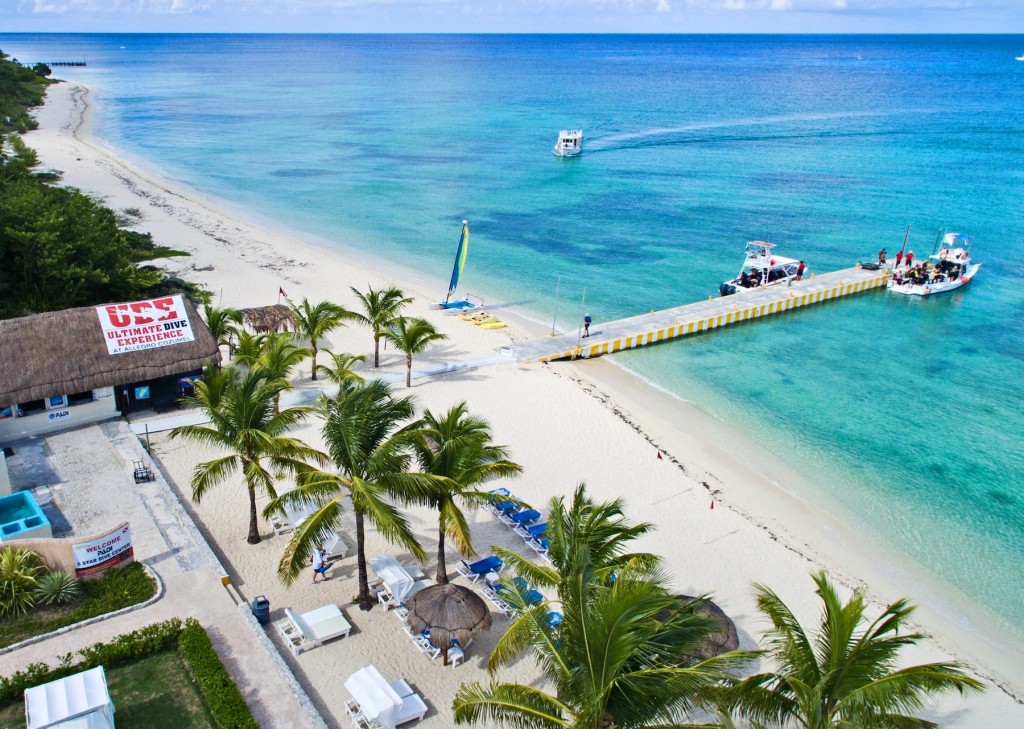
In this ongoing series, we speak with the people who run dive centres, resorts and liveaboards from around the world about their businesses and the diving they have to offer…
What is your name?
Susann Seifert
What is the name of your business?
Pro Dive International – Mexico & Dominican Republic
What is your role within the business?
Marketing Manager
How long has the business operated for?
15 years
How long have you dived for, and what qualification are you?
For 8 years in several locations around the world. I’m a certified Rescue and Nitrox Diver.
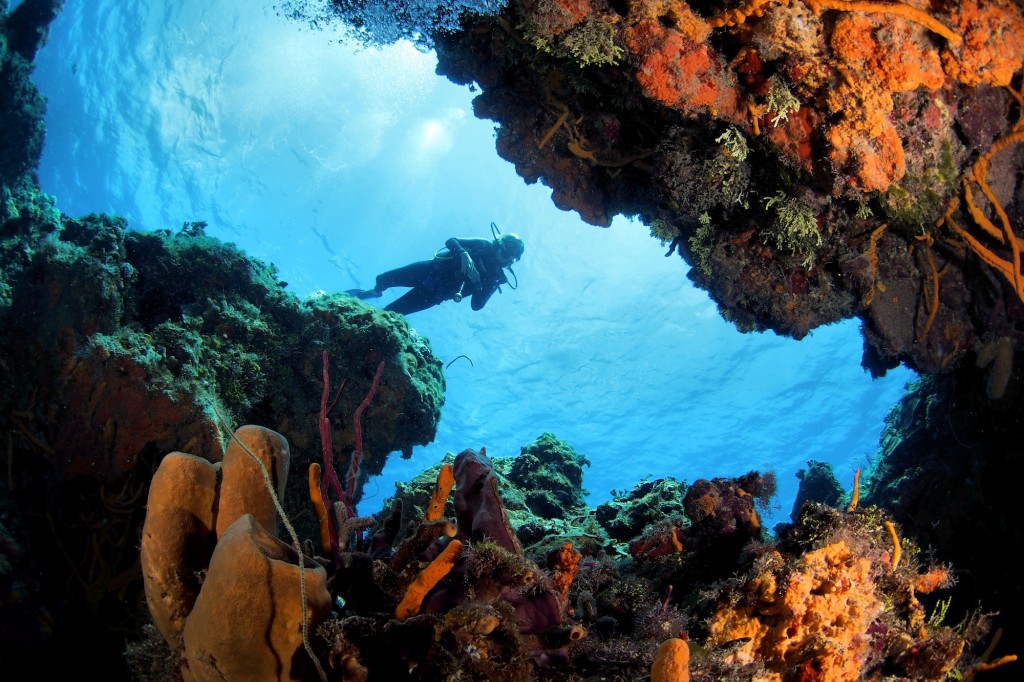
Photo: Stefan Heer
What is your favorite type of diving?
I love shark cleaning stations and being surrounded by big fish! Besides sharks, mantas, seals, dolphins & co., I also like lively colorful coral reefs with a current to simply drift along and enjoy.
If you could tell people one thing about your business (or maybe more!) to make them want to visit you what would it be?
With Pro Dive, you can satisfy all the fancies of your diver heart within one vacation – the breath-taking highlights of Mexico and Dom Rep from one hand, hassle-free arrangements of your dive & relax package, a great choice of beach resorts with our dive centres located onsite, big fish, macro life, shallow dives and beautiful walls, free Nitrox, the magic of cenotes/ cavern dives, cultural trips to world-heritage sites, high safety standards, a multilingual team of instructors at all of our locations, airport pickup and shuttles. Pro Dive caters for everyone from beginner to pro (CDC), divers with disabilities, kids, groups, non-diving family. Everyone is welcome!
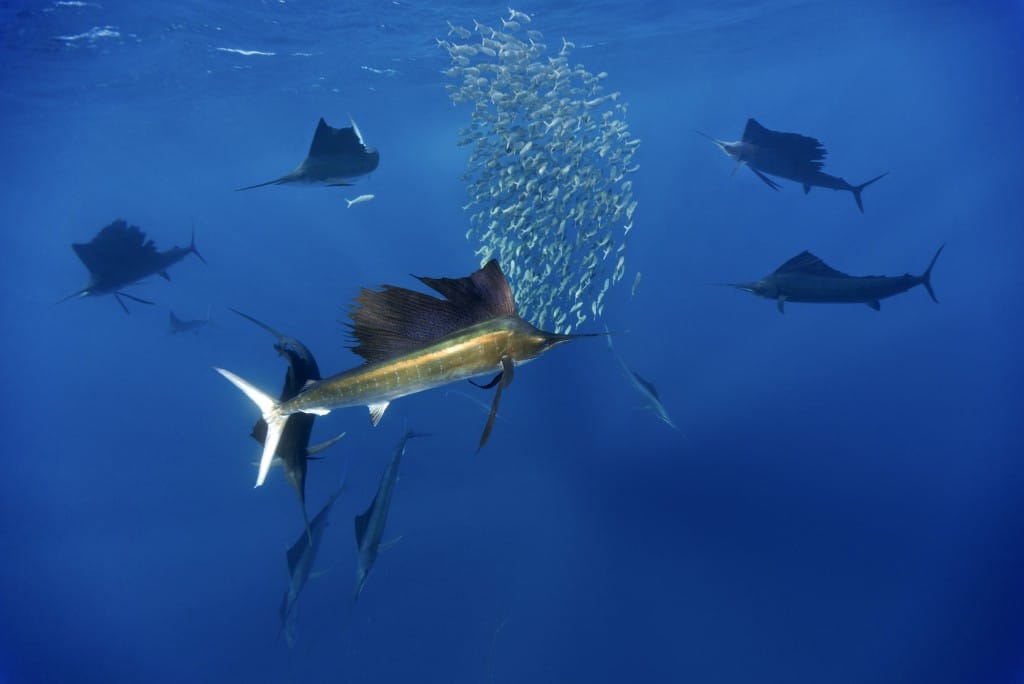
Photo: Gerald Nowak
What is your favorite dive in your location and why?
Santa Rosa Wall in Cozumel/ Mexico clearly is my favourite dive here in the Mexican Caribbean – a spectacular vertical drop off with breath-taking formations of colourful corals, small caverns, overhangs, plenty of swim-throughs, sponges, and a diversity of marine life like huge lobsters, barracudas, Cozumel splendid toad fish (entirely endemic to Cozumel), black groupers, horse-eyed jacks, spotted eagle rays and turtles in about 18-25m depth. The corals seem to grow taller and the drop off gets steeper the further north you go. The current can be unpredictable and rapidly changing from medium to strong. A magical drift dive in all regards!
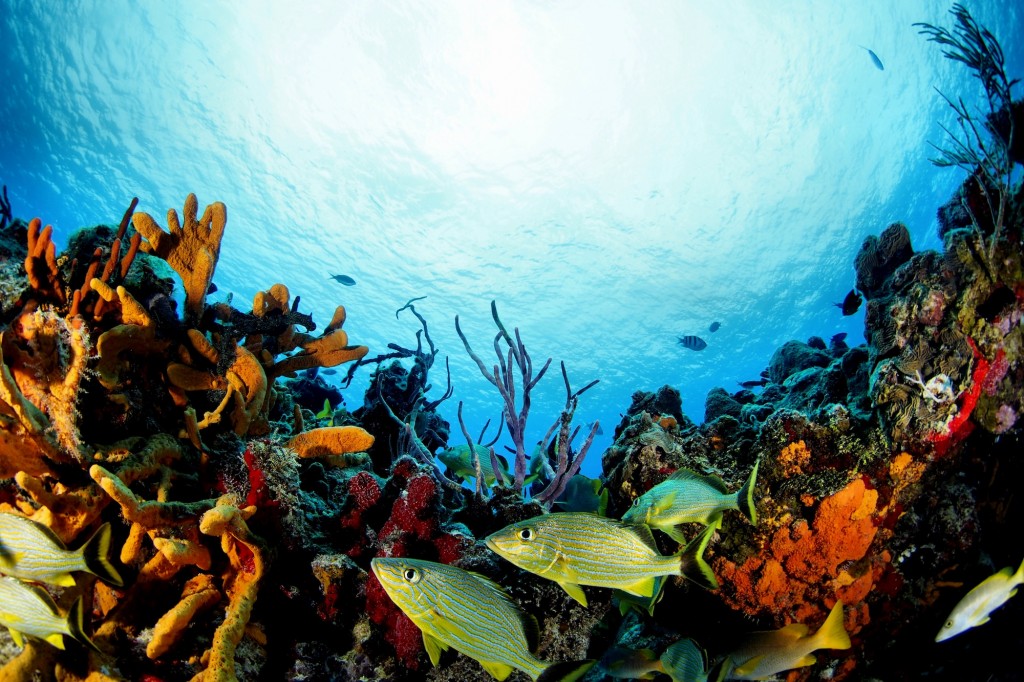
Photo: Stefan Heer
What types of diving are available in your location?
Deep, drift, wreck, cave and cavern, bull shark, reef diving… From newbie to pro and technical diver, anyone will find their favorite spot here.
What do you find most rewarding about your current role?
I can share my passion for diving, the ocean, marine life and the location itself by tickling our readers’ imagination about the unique highlights of our destinations, make them dream and want to join us for their next dive vacation. Furthermore, I get to meet many inspiring people and industry partners along the way who share the same passion, enjoy their fascinating stories, great achievements and visions.
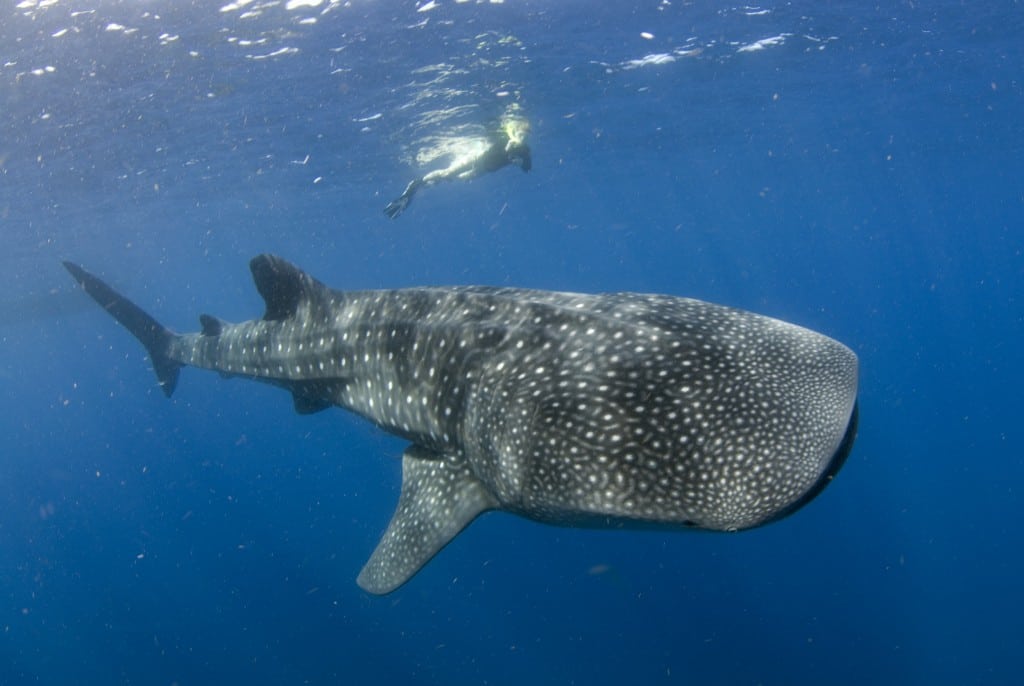
Photo: Luis Javier Sandoval
What is your favorite underwater creature?
Among my small friends underwater, the Manti shrimp is my personal favorite – a fascinating creature. Among the larger ones, manta rays and sharks will need to fight for the top position.
Are there any exciting changes / developments coming up in the near future?
Absolutely, as Pro Dive International keeps growing! We have just opened a new dive centre in Bayahibe/ Dominican Republic – the country’s hot spot for diving. Stay tuned for more exciting news! 😉
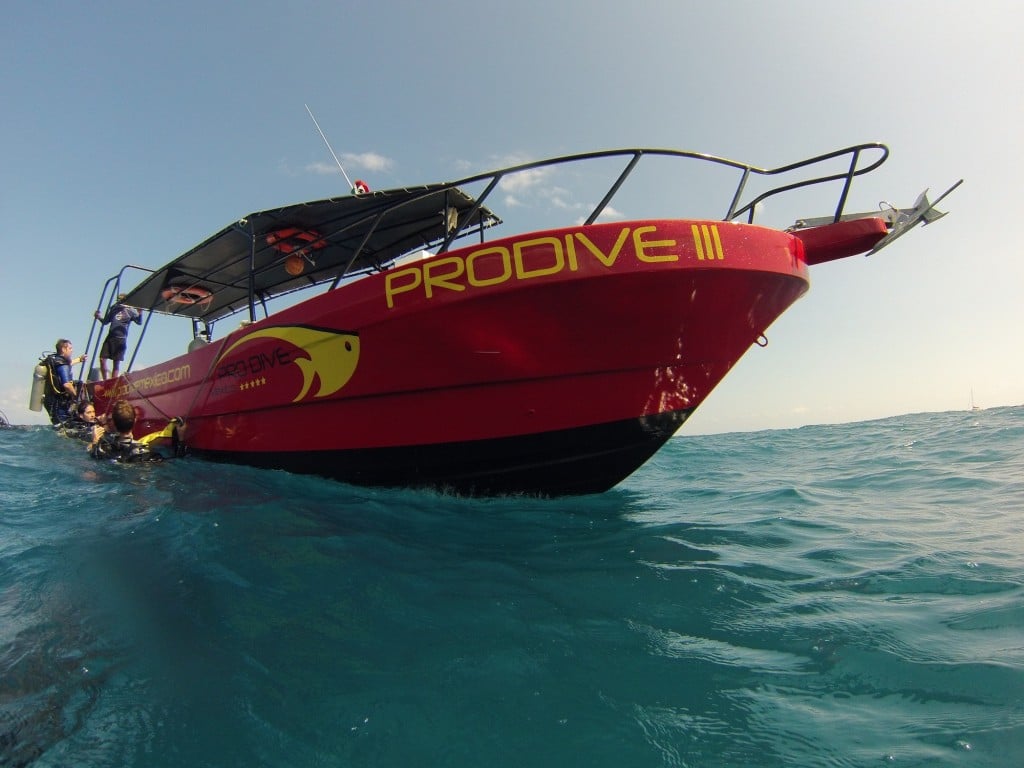
As a center what is the biggest problem you face at the moment?
The moody weather! With the start of the hurricane season, we experienced rough seas, causing the harbor to be closed for safety reasons, which meant we couldn’t go out for local and wreck dives. However, here on the Riviera Maya/ Mexico, we are very fortunate to have the Cenotes on our doorstep – the largest freshwater cave system in the world and a truly unique experience! Hence, we switched local dives and scuba training from the ocean to the cenotes to ensure that all our divers and students had a great time, despite the weather conditions!
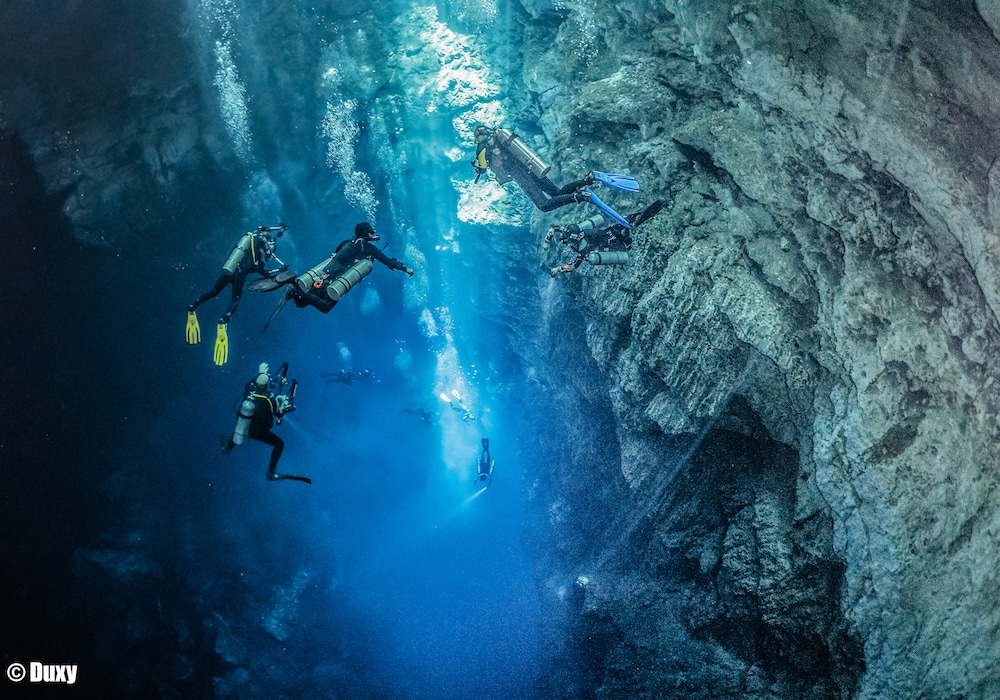
Photo: Duxy
Is your center involved in any environmental work?
All of our centres are actively involved! Pro Dive International is hands on when it comes to marine life conservation. In particular shark conservation has been one of Pro Dive’s major concerns. Not only do we support renowned organizations internationally, but actively the local project SAVING OUR SHARKS who focus specifically on research and protection of bull sharks on the Mexican Riviera Maya. Pro Dive has even adopted one of the females that come to visit us every year in winter to give birth! And our SharkSchool will be held for the third time from December 18-24, this year, to continue spreading education and awareness. Anyone is welcome to join!
We use biodegradable cleaning products and cups and participate in ocean cleaning days.
Furthermore, Pro Dive has achieved the PADI Green Star award (the first Mexican company), as well as several certificates of excellence recognizing their continued efforts and contribution toward the marine environment.
How do you see the SCUBA / Freediving / snorkeling industry overall? What changes would you make?
Much more needs to be done in regards to the protection of the marine environment, in particular involving local communities, to educate and inspire, refuse plastic, make safe, sustainable seafood choices, take care of the beach. This responsibility lies in each one of us, however, with joined forces we can achieve more.
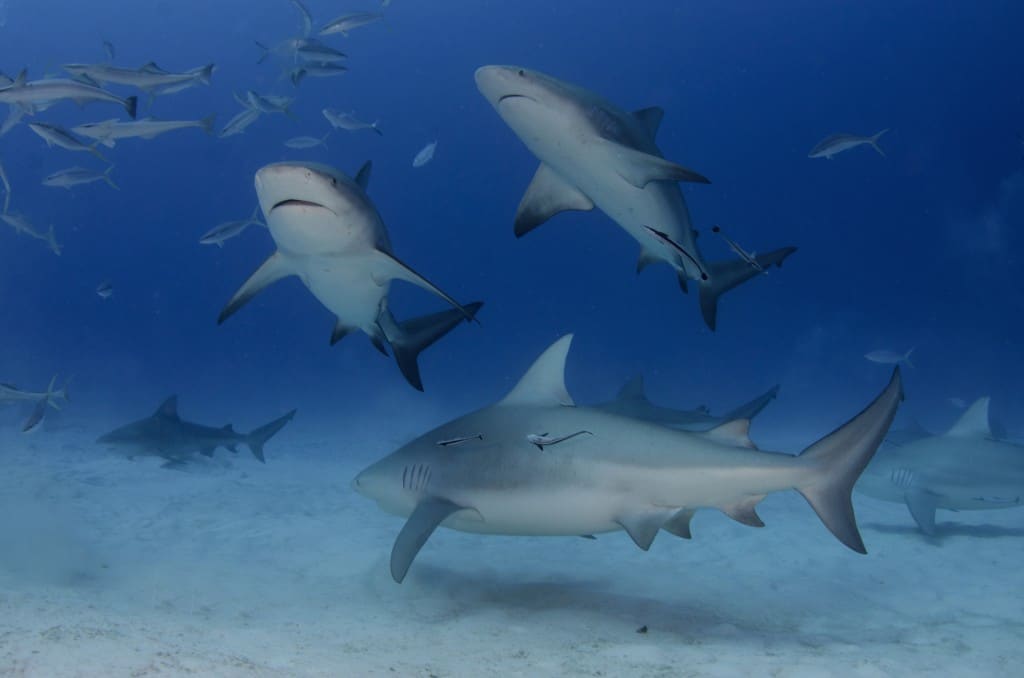
Photo: Luis Javier Sandoval
What would you say to our visitors to promote the diving you have to offer?
Mexico is a bucket list destination holding many magical moments to tag off your list, like diving into the mystical Mayan cenotes to get mesmerized by stunning lightshows and beautifully decorated caverns, swimming with the largest fish on the planet – the whale shark, the encounter of majestic bull sharks, the high speed sardine hunt of the world’s fastest fish – the sailfish, the drift along Cozumel’s vibrant colourful reefs, named one of the Top10 in the world by Jacques Cousteau, the countless diving adventures to expect within one trip when combining the highlights of both Mexico’s Caribbean and Pacific-side with Socorro and Great Whites in Guadalupe, a visit of Mayan world heritage sites and one of the seven world wonders, and last but not least, the refreshing facilities of our beach resorts to get yourself pampered.
The Dominican Republic has it all, as its slogan suggests: Beautiful beaches and reefs in Bayahibe, Saona, Catalina Island, Cayo Levantado, many wrecks and macro life, but also big fish – the humpback whales. You can either observe or swim with them during the winter months, when the entire North Atlantic humpback whale population migrates south to the Silver Bank – the Sanctuary for the Marine Mammals of the Dominican Republic, for mating and calving.
No matter your choice, adventure & fun await you with our team!
__________________________________________________________________________________
Where can our visitors find out more about your business?
reservations@prodiveinternational.com, or info@prodiveinternational.com
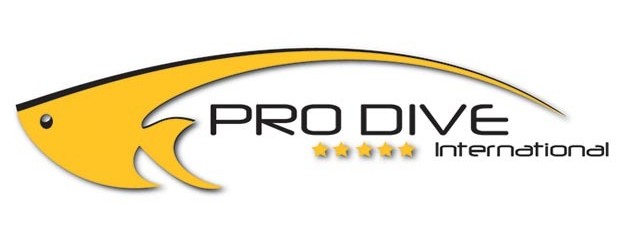 Mobile: +52 1 984 745 0763
Mobile: +52 1 984 745 0763
Facebook:
@prodiveinternational
@prodivemexico
@prodivedominicanrepublic
@prodivemexicoacademy
Twitter:
Blogs
Northern Red Sea Reefs and Wrecks Trip Report, Part 2: Wall to Wall Wrecks

Jake Davies boards Ghazala Explorer for an unforgettable Red Sea diving experience…
The second day’s diving was a day full of wreck diving at Abu Nuhas, which included the Chrisoula K, Carnatic, and Ghiannis D. The first dive of the day was onto the Chrisoula K, also known as the wreck of tiles. The 98m vessel remains largely intact where she was loaded with tiles which can be seen throughout the hold. The stern sits at 26m and the bow just below the surface. One of the highlights of the wreck is heading inside and seeing the workroom where the machinery used for cutting the tiles are perfectly intact. The bow provided some relaxing scenery as the bright sunlight highlighted the colours of the soft coral reef and the many reef fish.

Following breakfast, we then headed to the next wreck, which was the Carnatic. The Carnatic is an 89.9m sail steamer vessel that was built in Britain back in 1862. She ran aground on the reef back in 1869 and remains at 27m. At the time, she was carrying a range of items, including 40,000 sterling in gold. An impressive wreck where much of the superstructure remains, and the two large masts lay on the seafloor. The wooden ribs of the hull provide structures for lots of soft corals, and into the stern section, the light beams through, bouncing off the large shoals of glass fish that can be found using the structure as shelter from the larger predators that are found outside of the wreck.

The final wreck at Abu Nuhas was the Ghiannis D, originally called ‘Shoyo Maru,’ which was 99.5m long and built in Japan back in 1969 before becoming a Greek-registered cargo ship in 1980. The ship then ran aground on the reef on April 19th, 1983, and now sits at the bottom at a depth of 27m. Heading down the line, the stern of the ship remains in good condition compared to the rest of the hull. The highlight of the wreck, though, is heading into the stern section and down the flights of stairs to enter the engine room, which remains in good condition and is definitely worth exploring. After exploring the interior section of the ship, we then headed over to see the rest of the superstructure, where it’s particularly interesting to see the large table corals that have grown at the bow relatively quickly considering the date the ship sank. After surfacing and enjoying some afternoon snacks, we made sure everything was strapped down and secured as we would be heading north and crossing the Gulf of Suez, where the winds were still creating plenty of chop.

The next morning, it was a short hop to Ras Mohammed Nature Reserve for the next couple of days of diving. The 6am wake-up call came along with the briefing for the first site we would be diving, which was Shark & Yolanda. The low current conditions allowed us to start the dive at Anemone City, where we would drift along the steep, coral-filled wall. These dives involved drifts, as mooring in Ras Mohammed wasn’t allowed to protect the reefs. As a dive site, Shark & Yolanda is well-known and historically had a lot of sharks, but unfortunately not so many in recent years, especially not so early in the season. However, there was always a chance when looking out into the blue.

The gentle drift took us along the steep walls of the site, with plenty of anemone fish to be seen and a huge variety of corals. It wasn’t long into the dive before we were accompanied by a hawksbill turtle, who drifted with us between the two atolls before parting ways. Between the two reefs, the shallow patch with parts of coral heads surrounded by sand provided the chance to see a few blue-spotted stingrays that were mainly resting underneath the corals and are always a pleasure to see. With this being the morning dive, the early sunlight lit up the walls, providing tranquil moments. Looking out into the blue, there was very little to be seen, but a small shoal of batfish shimmering underneath the sunlight was a moment to capture as we watched them swim by as they watched us.

Towards the end of the dive, we stopped at the wreck of the Jolanda where the seafloor was scattered with toilets from the containers it was carrying. This provided a unique site to make a safety stop, which was also accompanied by a large barracuda slowly swimming by, along with a hawksbill turtle calmly swimming over the reef as the sun rays danced in the distance.
For the next dive, we headed north to the Strait of Tiran to explore the reefs situated between Tiran Island and Sharm El Sheik, which were named after the British divers who had found them. We started on Jackson before heading to Gordons Reef, where we also did the night dive. All the atolls at these sites provided stunning, bustling coral reefs close to the surface and steep walls to swim along, which always provided the opportunity to keep an eye out for some of the larger species that can be seen in the blue. Midwater around Jackson Reef was filled with red-toothed triggerfish and shoals of banner fish, which at times were so dense that you couldn’t see into the blue. Moments went by peacefully as we enjoyed the slow drift above the reef, watching these shoals swim around under the mid-afternoon sun.

The night dive at Gordon’s Reef was mainly among the stacks of corals surrounded by sand, which was great to explore under the darkness. After some time circling the corals, we came across what we were really hoping to find, and that was an octopus hunting on the reef. We spent the majority of the dive just watching it crawl among the reef, blending into its changing surroundings through changes in colour and skin texture. It’s always so fascinating and captivating to watch these incredibly intelligent animals, in awe of their ability to carry out these physical changes to perfectly blend into the reef. Before we knew it, it was time to head back to the boat to enjoy a well-deserved tasty dinner prepared by the talented chefs onboard.
Check in for the 3rd and final part of this series from Jake tomorrow!
To find out more about the Northern Red Sea reef and wrecks itineraries aboard Ghazala Explorer, or to book, contact Scuba Travel now:
Email: dive@scubatravel.com
Tel: +44 (0)1483 411590
Photos: Jake Davies / Avalon.Red
Marine Life & Conservation
Double Bubble for Basking Sharks

 The Shark Trust is excited to announce that, for two more days only, all donations, large or small, will be doubled in the Big Give Green Match Fund!
The Shark Trust is excited to announce that, for two more days only, all donations, large or small, will be doubled in the Big Give Green Match Fund!
Donate to Basking in Nature: Sighting Giants
The Shark Trust is hoping to raise £10k which will be doubled to £20k. This will go towards Basking in Nature: Sighting Giants. And they need YOUR help to reach they’re goal.
The Shark Trust’s citizen science project is to monitor and assess basking sharks through sightings; encouraging data collection, community engagement, and promoting nature accessibility. This initiative aims to enhance health and wellbeing by fostering a deeper connection with British Sharks.
Campaign Aims
- Increase citizen science reporting of Basking Sharks and other shark sightings to help inform shark and ray conservation.
- Provide educational talks about the diverse range of sharks and rays in British waters and accessible identification guides!
- Create engaging and fun information panels on how to ID the amazing sharks and rays we have on our doorstep! These can be used on coastal paths around the Southwest. With activities and information on how you can make a difference for sharks and rays!
- Promote mental wellbeing through increasing time in nature and discovering the wonders beneath the waves!
Donate, and double your impact. Click Here
-

 News3 months ago
News3 months agoHone your underwater photography skills with Alphamarine Photography at Red Sea Diving Safari in March
-

 News3 months ago
News3 months agoCapturing Critters in Lembeh Underwater Photography Workshop 2024: Event Roundup
-

 Marine Life & Conservation Blogs2 months ago
Marine Life & Conservation Blogs2 months agoCreature Feature: Swell Sharks
-

 Blogs2 months ago
Blogs2 months agoMurex Resorts: Passport to Paradise!
-

 Blogs2 months ago
Blogs2 months agoDiver Discovering Whale Skeletons Beneath Ice Judged World’s Best Underwater Photograph
-

 Gear Reviews2 months ago
Gear Reviews2 months agoGear Review: Oceanic+ Dive Housing for iPhone
-

 Marine Life & Conservation2 months ago
Marine Life & Conservation2 months agoSave the Manatee Club launches brand new webcams at Silver Springs State Park, Florida
-

 News3 months ago
News3 months agoWorld’s Best Underwater Photographers Unveil Breathtaking Images at World Shootout 2023

















